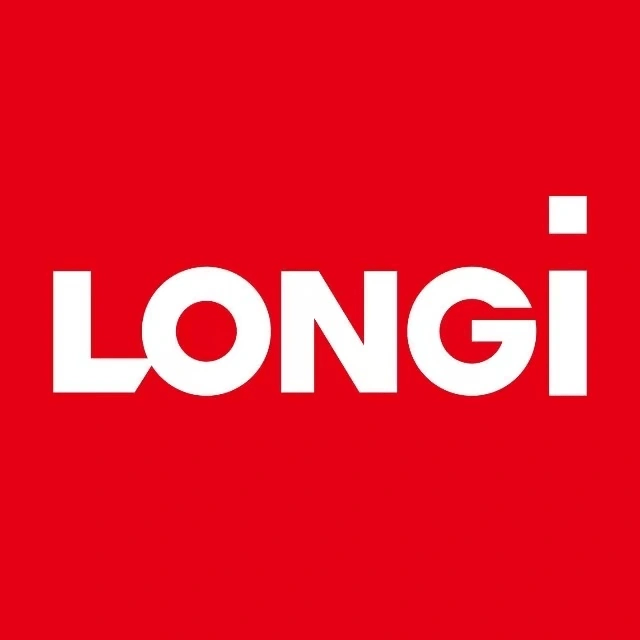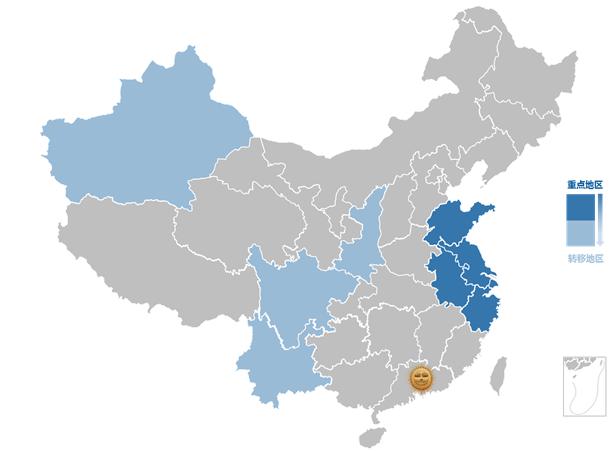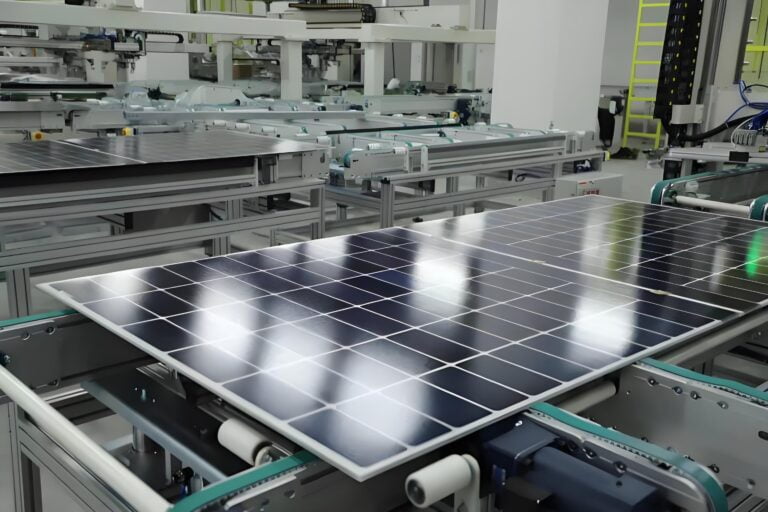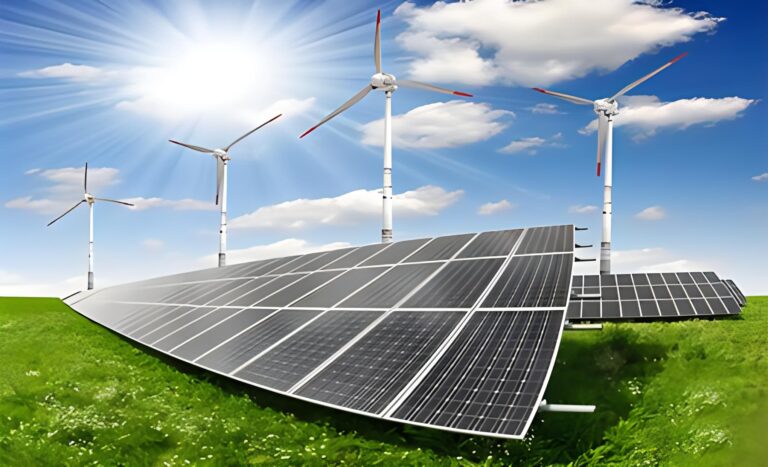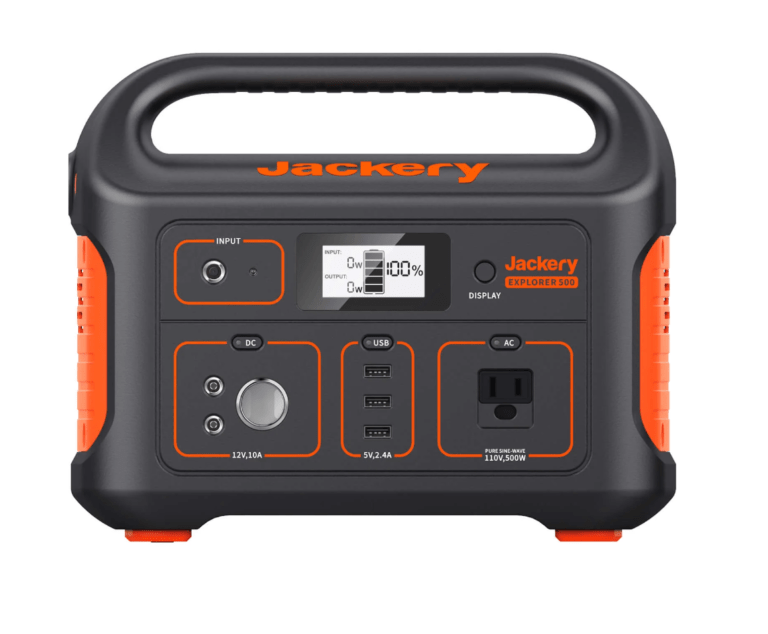LONGi unveiled a groundbreaking achievement in Madrid, Spain, setting a new world record for crystalline silicon cell efficiency and introducing the innovative Hi-MO 9, a new generation of high-value component products.
The Hi-MO 9 components are powered by the advanced HPBC 2.0 battery technology, combining various cutting-edge technologies to offer superior power generation capacity, reduced balance of system (BOS) costs, and enhanced reliability.
With a maximum power output of 660W and a conversion efficiency of up to 24.43%, the Hi-MO 9 has captured significant attention in the market.
Longi, in response to market misunderstandings about its HPBC products, emphasized that the photovoltaic industry is transitioning into a comprehensive “HPBC era.”
Misunderstanding #1: HPBC as the Next TOPCon?
HPBC technology exhibits leading performance similar to TOPCon, it is more akin to a platform technology, reminiscent of monocrystalline technology’s commercialization in 2011.
Longi stressed that without the widespread adoption of monocrystalline technology, advancements like PERC, TOPCon, and HJT would lack a foundation.
The journey in realizing low-cost HPBC processes has been more challenging than monocrystalline technology’s, with the company commercializing its first generation of HPBC three years ago.
We could believes its second-generation HPBC products represent the pinnacle of monocrystalline technology, hence the symbolic naming as 9th generation products, emphasized that HPBC platform technology will continue to evolve, integrating new research findings to drive technological progress in the photovoltaic industry.
Misunderstanding #2: HPBC is Solely About Efficiency?
While acknowledging the historic efficiency leap of its second-generation HPBC products, Longi stressed that efficiency alone does not capture the full significance of its investment in HPBC. Longi highlighted the comprehensive reliability improvements brought about by its second-generation HPBC, including significant reduction in cell degradation, enhanced performance in high-temperature and low-light conditions, and comprehensive mitigation of common failure issues like delamination. Longi underscored that while high efficiency may be a core selling point, the ultra-high reliability of HPBC is an unexpected value proposition for customers.
Misunderstanding #3: HPBC is Exclusive to High-end Distributed Products?
Longi clarified that while its first-generation HPBC products primarily targeted the distributed roof market, the second-generation HPBC is versatile and suited for a full-scenario market.
This shift in focus aligns with Longi’s introduction of the Hi-MO 9 products, positioned for the ground centralized market. Longi addressed concerns about HPBC’s back-side power generation capacity (bifaciality), highlighting comprehensive optimizations made in this regard.
Looking Forward to the HPBC Era in Photovoltaics
Prevailing pressure on Longi solar panel industry prices due to market supply-demand imbalances. Despite challenges, Longi remains optimistic, emphasizing the industry’s history of innovation-driven success.
Innovation will continue to be pivotal in addressing current challenges, with the HPBC technology poised to lead the way.
Disclosed ambitious production capacity targets for monocrystalline silicon wafers, HPBC Tech, and monocrystalline modules over the next three years. Longi asserted that a photovoltaic market centered around HPBC technology is emerging, signaling a transformative era characterized by efficiency, reliability, and technological advancement.

